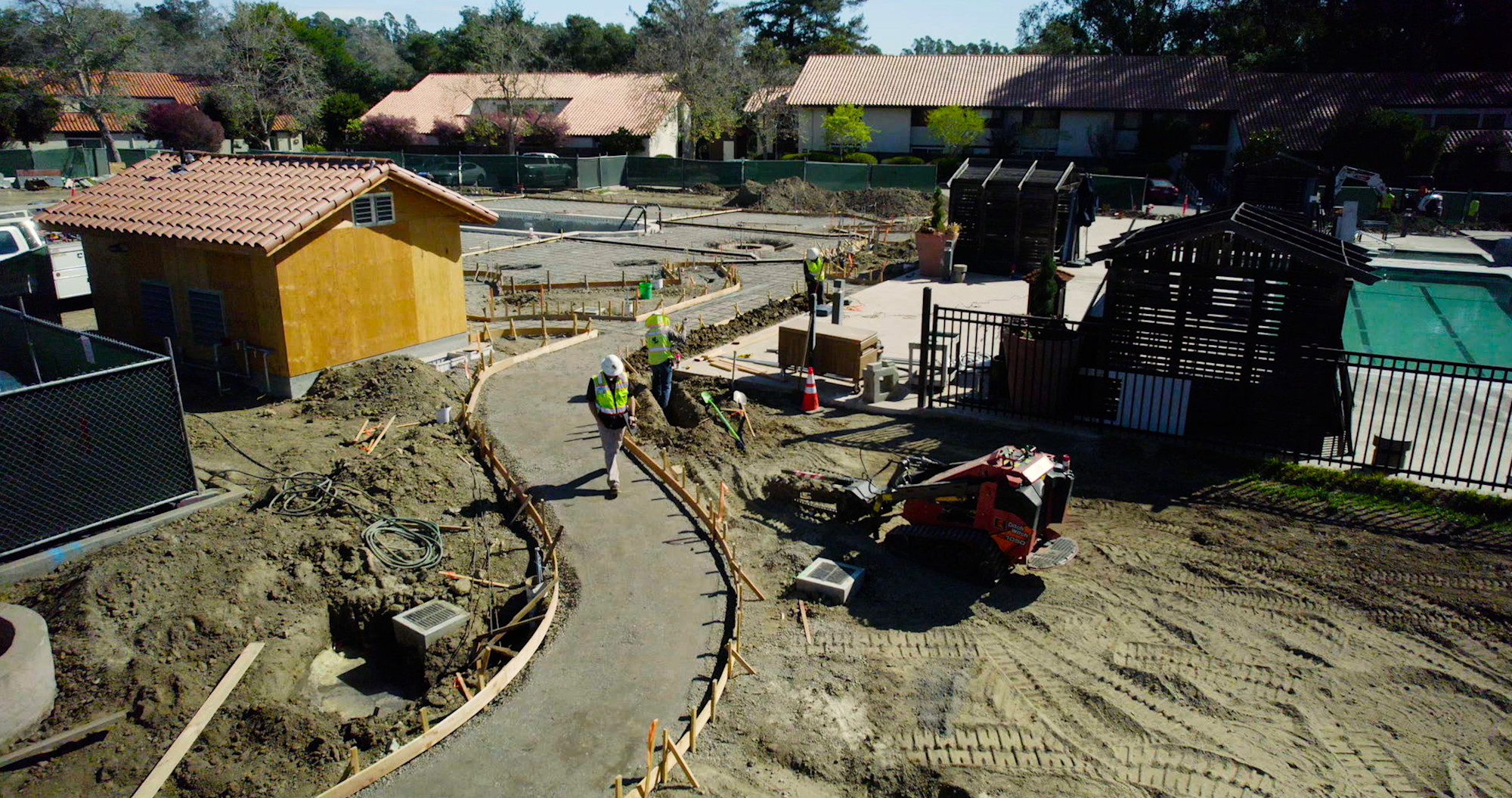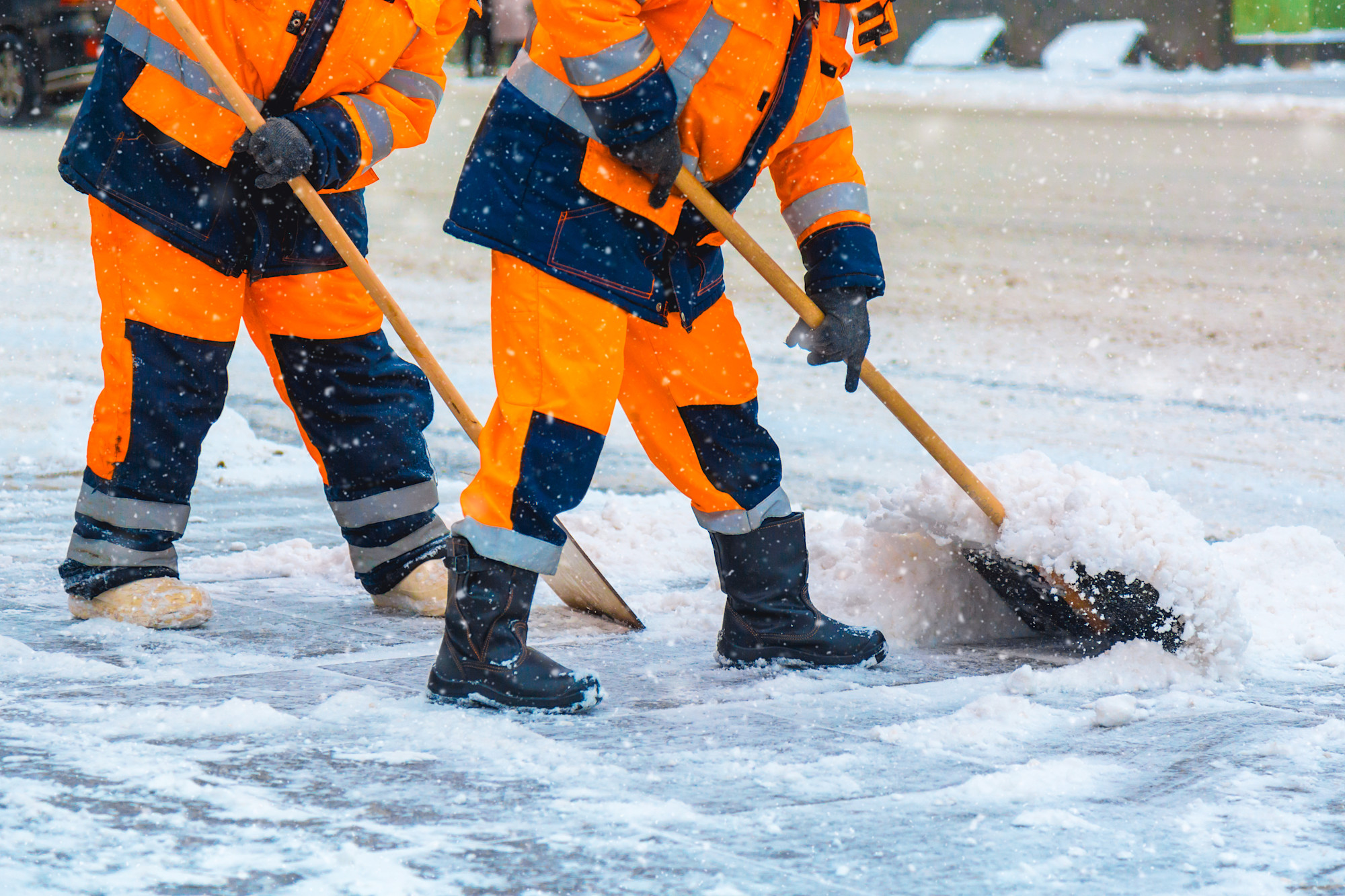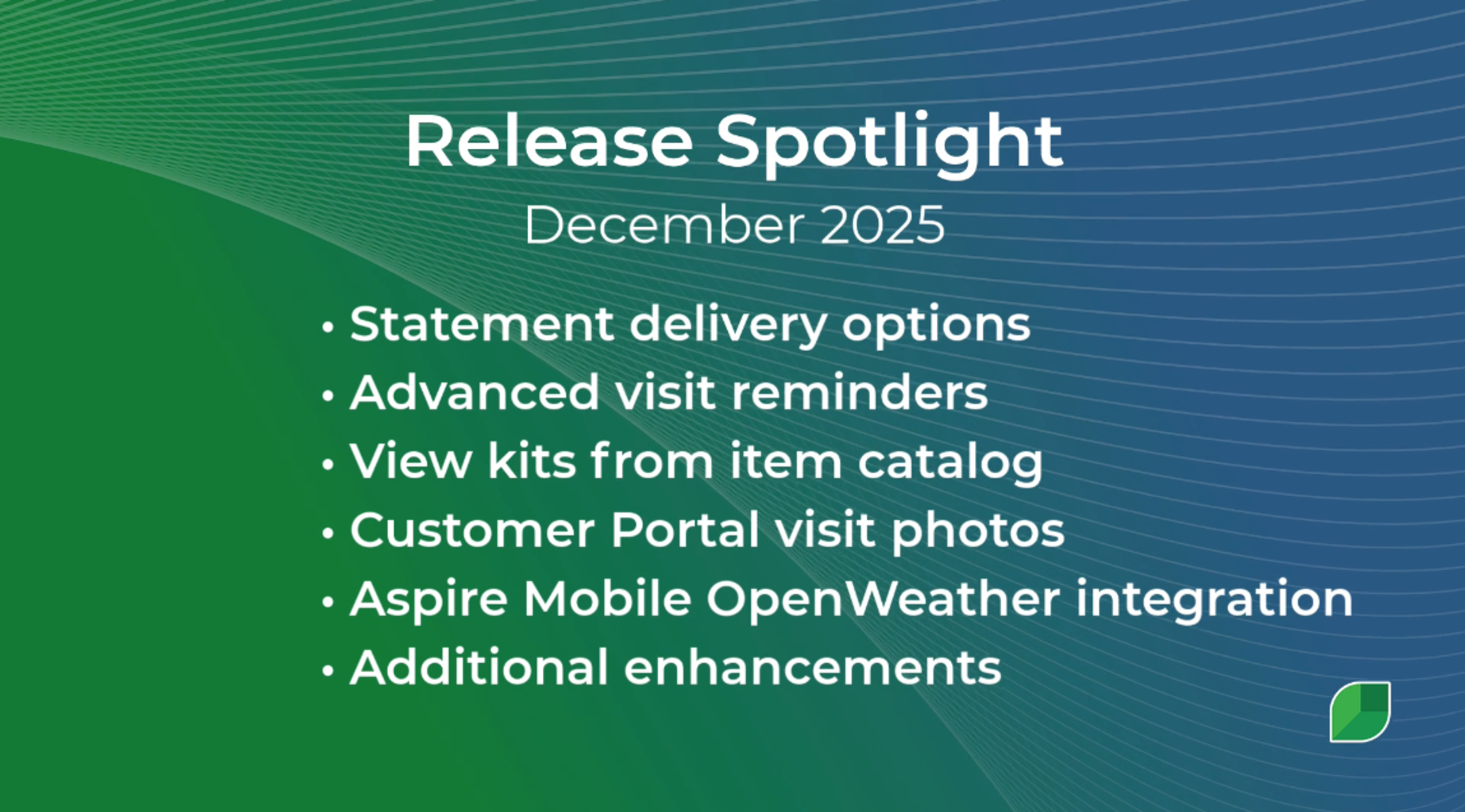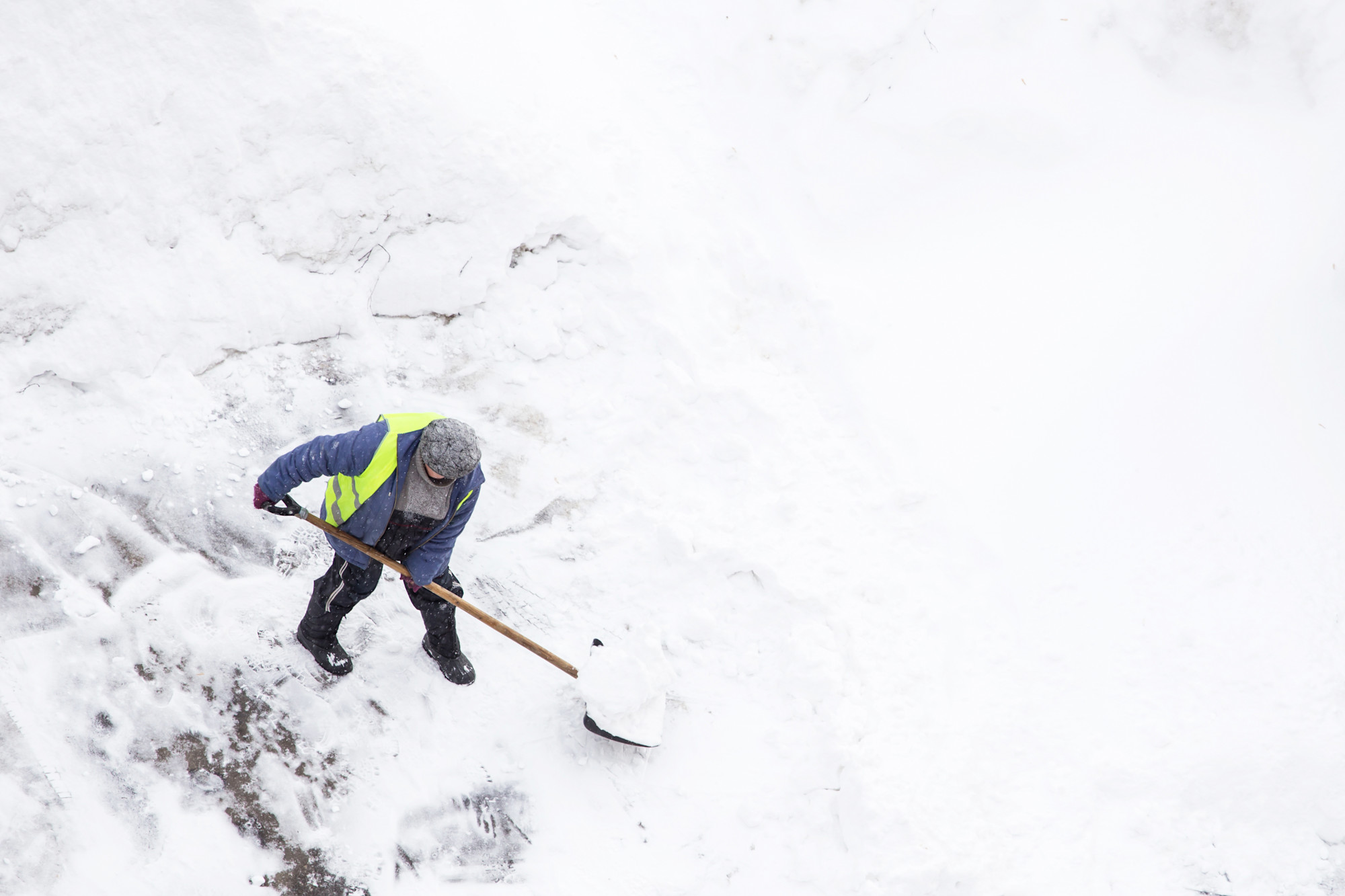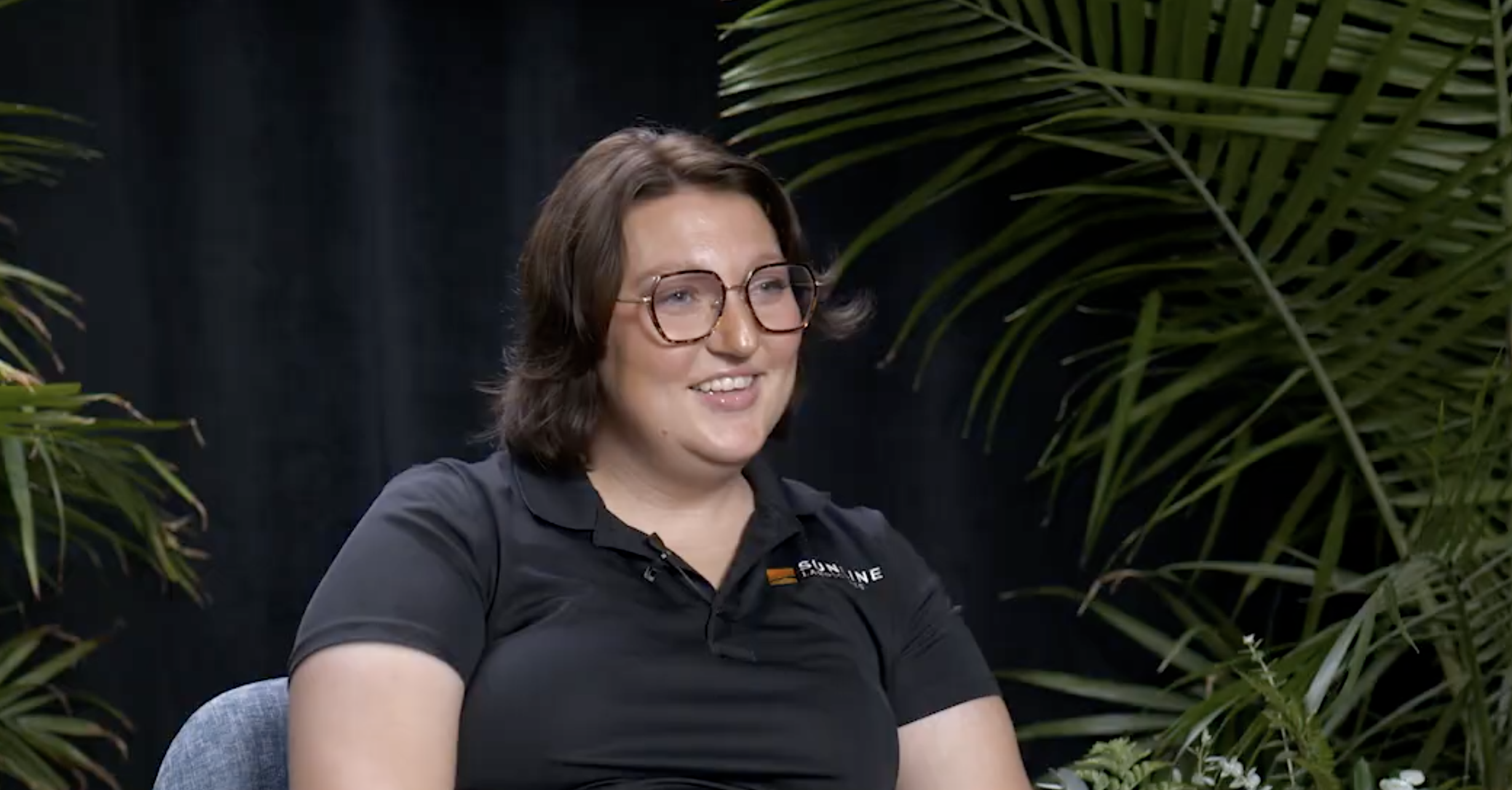Table of Contents
Table of Contents
- The Inflation Equation in Landscaping
- Where Profitability Gets Lost
- The underpricing trap catches countless contractors every season.
- The technology debt silently bleeds profitability through fragmented systems and lost visibility.
- Outdated processes cause operational chaos, directly increasing costs.
- The "good enough" syndrome perpetuates inefficiency through complacency.
- Scope creep is particularly sneaky in long-term maintenance contracts where informal additions gradually become expected.
- Smarter Systems for Financial Discipline
- The right software stops unchecked operational costs
- Practical Strategies for Profitability in 2026
- Strategy 1: Anticipate Costs Proactively
- Strategy 2: Procurement Intelligence
- Strategy 3: Implement Data-Driven Job Costing
- Strategy 4: Recurring Revenue Stability
- Strategy 5: Strategic Pricing Reviews
- Strategy 6: Client Retention Focus
- Strategy 7: Eliminate Low-Margin Work
- Strategy 8: Invest in Crew Efficiency
- Strategy 9: Cash Flow Management
- Take Action Now
You did more jobs this year than last.
Your crews worked harder, your schedule was fuller, and client satisfaction was high.
But when you look at the numbers, the profit line is thinner than it should be.
Sound familiar?
You’re not alone, and you’re not imagining it.
According to the 2026 Commercial Landscape Industry Report:
37% of contractors expect equipment and material costs to rise 10% or more in 2026.
Nearly half (48%) say cost increases are a top business risk—the #1 risk to profitability across the industry.
Economic uncertainty is looming large, with 60% of contractors citing it as the biggest risk to meeting their business goals.
The math is brutal: when costs rise faster than you can raise prices, margins shrink.
Here’s the reality landscaping companies face in 2026: profitability will depend less on adding new services and more on financial discipline, operational efficiency, and smart forecasting.
The companies that will thrive won’t be the biggest or the busiest—they’ll be the ones that focus on streamlining processes, client retention, and technology to cut waste.
The Inflation Equation in Landscaping
Equipment and material costs are growing faster than general inflation and creating a unique squeeze for landscaping companies. It’s a fundamental shift in the cost structure of doing business.
The 2026 Industry Report reveals that nearly half of contractors (48%) cite business risk as a top business challenge for 2026.
Supply chain issues persist even when companies are willing to pay more for materials.
Availability is a big problem, with 58% of respondents expecting equipment and material lead times of 2-3 weeks or longer.
Equipment replacement costs have skyrocketed.
Trucks, mowers, trailers, and specialized equipment have gone up in price, and companies must either absorb the costs or pass them on to clients who may be willing to pay more.
The compounding effect is where the real damage happens.
It’s not just one cost increase—it’s multiple increases at the same time.
Fuel up 8%, fertilizer up 12%, equipment up 15%, replacement parts up 10%, insurance premiums up 7%. For companies with already thin margins (often 8-12% for landscaping businesses), these compounded increases can wipe out profitability if not managed proactively.
Scale that across dozens or hundreds of contracts, and you see why so many contractors feel squeezed despite being busy.
Where Profitability Gets Lost
Profitability doesn’t disappear overnight. It leaks slowly through common profit-killers that plague landscaping companies: project delays, fragmented processes, scope creep, underpriced bids, and the invisible tax of operational inefficiency.
The underpricing trap catches countless contractors every season.
Many companies base their bids on outdated cost assumptions or don’t account for the full cost of doing business. They remember what materials cost last year and use those numbers for this year’s bids. They underestimate how long jobs actually take because they’re guessing rather than tracking. When material costs spike mid-season, those fixed-price contracts turn from profit centers into money losers.
Jon Gohl, Director of Customer Experience at Aspire, notes in the 2026 Industry Report: "When you see materials costs being such a big concern, that's a signal companies need to evaluate their purchasing processes and order smarter than ever."
The technology debt silently bleeds profitability through fragmented systems and lost visibility.
Companies running multiple disconnected systems—scheduling in one platform, billing in another, time tracking on paper or separate apps—lose real-time visibility into job costs and profitability.
According to the report, 62% of landscaping companies use seven or more software solutions, with 29% using 10 or more. Each integration point creates opportunities for errors, data loss, and wasted administrative time.
By the time these companies realize a job lost money, it’s weeks or months after completion.
There’s no opportunity to adjust course, capture additional revenue, or even learn from the mistake because the data that would reveal the problem is scattered across multiple systems that don’t communicate.
Outdated processes cause operational chaos, directly increasing costs.
Crews are waiting for assignments because scheduling is disorganized.
Duplicate work because communication breaks down. Equipment is sitting idle because maintenance wasn’t scheduled. Materials were ordered late, resulting in rush-delivery fees. These inefficiencies are often invisible on a day-to-day basis but add up to substantial annual costs.
Modern clients expect speed, transparency, and responsiveness. When your systems can’t deliver those basics, clients notice. They compare you to competitors who provide real-time updates, automated notifications, and professional digital communications. The gap between their expectations and your capabilities becomes a competitive disadvantage.
The "good enough" syndrome perpetuates inefficiency through complacency.
Many companies know their processes aren’t optimal, but don’t fix them because they’re “good enough to get by.” This mindset allows small inefficiencies to persist for years, compounding their impact.
A process that wastes 15 minutes per job doesn’t seem worth fixing until you calculate that across 500 jobs annually, that’s 125 hours of wasted labor or over $3,000 in unnecessary costs at average crew rates.
Scope creep is particularly sneaky in long-term maintenance contracts where informal additions gradually become expected.
A client asks if you can “just quickly” trim those additional shrubs while you’re there.
Then next time they wonder why you didn’t do it again.
Before long, you’re doing work that wasn’t in the original contract without additional compensation. When scope changes aren’t documented and billed, companies essentially donate free labor.
Smarter Systems for Financial Discipline
According to the 2026 Industry Report, 41% of landscapers are focusing on optimizing existing processes instead of adding new services. These companies recognize that doing current work more efficiently generates better returns than chasing new service lines they're not equipped to deliver profitably.
The technology fragmentation problem is significant: 62% of companies run seven or more disconnected systems, with 29% using 10 or more.
Each system requires separate logins, different user interfaces, unique training, and manual data transfer between platforms.
Beyond the direct costs of multiple subscriptions, the hidden costs include administrative time spent on redundant data entry, errors introduced during manual transfers, and the inability to see comprehensive operational data in one place.
The right software stops unchecked operational costs
Integrated systems provide real-time visibility into job costs, crew productivity, and cash flow that fragmented solutions simply can’t deliver.
When all operational data lives in one platform, you can see immediately which jobs are profitable, which crews are most efficient, and where costs exceed estimates.
When purchasing, scheduling, and financial data are stored in a single system, forecasting becomes dramatically more accurate.
You’re not guessing about resource needs or cash flow timing—this accuracy translates directly into better decision-making about pricing, hiring, equipment purchases, and growth investments.
Streamlined systems reduce redundant data entry, minimize scheduling conflicts, and facilitate more effective resource allocation—a crew member clocks in through a mobile app, which automatically flows to payroll and job costing. A completed job triggers invoice generation. Material usage logged in the field updates the inventory and gets billed to the correct client.
These automations eliminate hours of weekly administrative work.
For companies considering technology upgrades, the Industry Report shows that the top reasons for switching solutions include:
Automating workflows (58%)
Improving operational efficiency (51%)
Addressing feature gaps (44%)
Scaling effectively (36%), and
Increasing gross margins (30%)
Companies recognize that better systems have a direct impact on profitability.
Better systems enable a shift toward data-driven decision-making where gut feelings are validated (or challenged) by actual performance metrics.
“I think we’re profitable on maintenance contracts” becomes, “Maintenance contracts average 14.2% margin compared to 8.7% on construction projects.”
That specificity transforms strategic planning from guesswork into informed choice.
Practical Strategies for Profitability in 2026
Strategy 1: Anticipate Costs Proactively
Build inflation into bids and contracts for work three to six months out. Current prices won’t be tomorrow’s prices—factor in expected increases when pricing future work. This isn’t gouging; it’s realistic forecasting that protects margins.
Consider including escalation clauses in long-term maintenance contracts that allow for price adjustments if costs rise above certain thresholds. Frame these clauses as mutual protection: you’re not raising prices arbitrarily, but adjusting for documented cost increases that affect everyone.
Many smart clients understand and accept this approach because it’s transparent and fair.
Strategy 2: Procurement Intelligence
Order materials early to avoid project delays and take advantage of current pricing before increases take effect.
Develop relationships with multiple suppliers to avoid single-source dependency. When one supplier experiences shortages or price spikes, having established alternatives provides you with flexibility and negotiating power.
Consider buying in bulk for common materials when you have storage capacity. Buying fertilizer, mulch, or other high-volume materials during off-peak pricing periods can save big, which flows directly to margins. Calculate the savings against storage costs to determine the right purchasing strategy.
From Jon Gohl: “When you have materials going through the roof and labor shortages, you’ve got to tighten up. Are we efficient? How quickly are we getting off the lot? That alone saves money. What’s happening on the lot is happening in the field.”
Strategy 3: Implement Data-Driven Job Costing
Track actual costs against estimates for every single job.
This discipline reveals patterns invisible to casual observation—such as which types of projects are consistently over budget. Which crews are most efficient? Which clients generate the best margins?
Real-time job costing prevents the disaster of discovering unprofitability weeks after the job is completed, when it's too late to take action. When you see costs trending over estimate mid-project, you can investigate immediately: is there scope creep that needs to be billed? Is there an efficiency issue that needs coaching?
Strategy 4: Recurring Revenue Stability
Explore recurring maintenance contracts as a revenue stabilizer. According to the Industry Report, 59% of contractors derive the majority of their revenue from maintenance work. These predictable contracts provide cash flow stability that one-time projects can't match and allow for better resource planning.
Recurring revenue also improves client retention.
The report shows that 35% of landscaping revenue comes from repeat business and 26% from word-of-mouth referrals—61% total from existing relationship networks. Maintenance contracts strengthen these relationships and naturally create referral opportunities.
Strategy 5: Strategic Pricing Reviews
Do pricing reviews quarterly or biannually to ensure your rates reflect current costs.
Don’t assume last year’s pricing still works in today’s cost environment. Create a systematic review where you examine labor rates, material costs, equipment expenses, and overhead allocation to verify pricing is still good.
Be transparent with existing clients about the reasons for price increases and frame it as a means to maintain service quality. Most clients prefer honest communication about rising costs over surprise price jumps or declining service because you’re losing money on their contract.
Strategy 6: Client Retention Focus
The Industry Report identifies client retention (54%) as vital to bottom lines, with businesses focusing on repeat business (35%) and word-of-mouth referrals (26%).
Acquiring new clients costs significantly more than retaining existing ones through customer communication, quality control, and service recovery when issues arise.
Long-term clients are often more understanding of price increases than new prospects because they’ve experienced your reliability and quality.
They understand why costs are rising and typically prefer to stay with known providers rather than search for cheaper alternatives that might disappoint.
Strategy 7: Eliminate Low-Margin Work
Identify which services or clients generate the lowest margins and seriously consider whether they’re worth keeping.
Sometimes, saying no to unprofitable work is the best decision for the overall health of your business. That client who demands rock-bottom pricing and generates constant complaints?
They’re costing you money and morale—both are better invested elsewhere.
Use job costing data to make these decisions objectively rather than emotionally.
You might personally like specific clients, but if the numbers show they’re unprofitable despite your best efforts to improve efficiency, letting them go frees up resources for better opportunities.
Strategy 8: Invest in Crew Efficiency
The report reveals that 70% of landscaping companies plan to increase wages, with 44% raising them by 4% or more, to remain competitive in a tight labor market. These necessary increases must be offset by productivity improvements to maintain profitability.
→ Check out Aspire’s comprehensive guide for more detailed guidance on determining how much to pay landscaping employees.
Give crews the tools, training, and information they need to work efficiently.
Route optimization software saves drive time between jobs.
Mobile access to job information prevents mistakes and callbacks. Proper equipment maintenance reduces breakdowns that cost productive time.
These investments in efficiency offset wage increases.
Strategy 9: Cash Flow Management
Despite 76% of contractors invoicing within four days of job completion, only 39% receive payments on time. A full 60% of payments arrive at least a week late, and 7% come two to three months late. This payment delay creates cash flow problems that strain operations.
Gohl says: "People are invoicing within four days of the job being done, yet 60% are behind on payments. They should revisit their customer relationship and communicate expectations, as well as leverage ACH or payment partners."
Tighten payment terms where possible, offer early payment discounts, and follow up on late payments quickly. Consider financing options or payment plans for large projects to better align cash flow with project timing.
The faster you convert completed work into collected revenue, the healthier your cash position.
Take Action Now
Companies have a clear choice: continue business as usual and hope margins stabilize on their own, or take action now to optimize operations and protect profitability.
The 2026 Commercial Landscape Industry Report makes it clear that successful companies are opting for optimization over expansion. They're tightening existing operations, investing in technology that provides visibility and control, and focusing ruthlessly on profitability metrics rather than just revenue growth.
Start this week with one specific action.
Calculate your actual job costs on recent projects—all costs, not just the obvious ones.
Review your technology stack and identify where fragmentation is costing you time and money.
Analyze which clients and services are actually profitable versus which just keep you busy.
The economic pressures facing landscaping companies in 2026 are real and significant. But they’re not insurmountable. Companies that respond with strategic focus on efficiency, financial discipline, and smart technology adoption will not only survive but also gain a competitive advantage while less disciplined competitors struggle.
Your profit margins are too important to leave to chance. Take control through better systems, better data, and better decisions.
Ready to gain the operational visibility and financial control that drives profitability?
Download the complete 2026 Commercial Landscape Industry Report for deeper insights.
